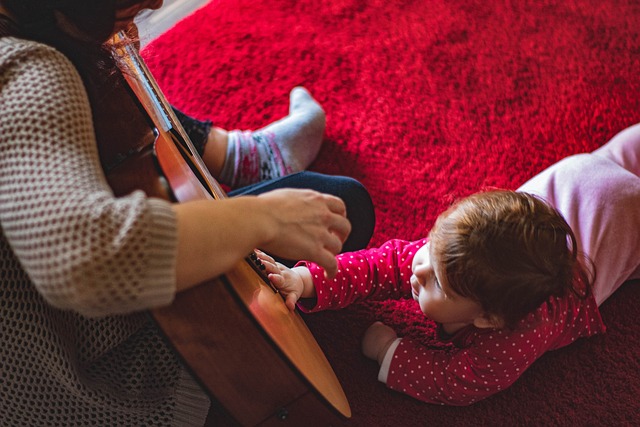how do i know if i am native american
History and Cultural Significance of Lakota Rugs
Understanding Native American ancestry is a topic that has become increasingly important in recent years. Many individuals are curious about their heritage and wonder if they have any Native American roots. Discovering one's ancestral background can be an exciting journey, but it's essential to approach the subject with respect and sensitivity.
Determining whether you are of Native American descent can be a complex process. It involves researching historical records, exploring family genealogy, and possibly even undergoing DNA testing. However, it's crucial to remember that these methods may not always provide definitive answers.
One way to start your quest for knowledge is by examining your family history. Talking to older relatives can provide valuable insights into your ancestry. They might share stories or pass down traditions that hint at Native American connections within your lineage.
Another useful resource is the Bureau of Indian Affairs (BIA). The BIA maintains records related to tribal enrollment and provides guidance on how to determine Native American heritage. Consulting these official documents can give you a clearer understanding of your potential ties to specific tribes or nations.
DNA testing has also grown in popularity as a means of uncovering ancestral backgrounds. Companies like AncestryDNA and 23andMe offer genetic tests that analyze your DNA and provide estimates of various ethnicities in your heritage makeup. While these tests can be informative, they should not be considered foolproof evidence of Native American ancestry.
It's important to approach this topic with sensitivity and respect for indigenous cultures. Native Americans have faced centuries of prejudice, colonization, and loss of land rights; therefore, claiming native heritage without proper evidence or engagement with the community is inappropriate.
If you discover that you do have Native American ancestry, consider reaching out to local tribes or organizations dedicated to preserving indigenous culture. Engaging with these communities allows for deeper understanding and appreciation while supporting current native initiatives.
In conclusion, determining if you have Native American ancestry requires thorough research using historical records, exploring family genealogy, considering DNA testing, and consulting with appropriate resources such as the BIA. However, it's essential to approach this topic respectfully, acknowledging the complex history and ongoing struggles faced by Native American communities.
